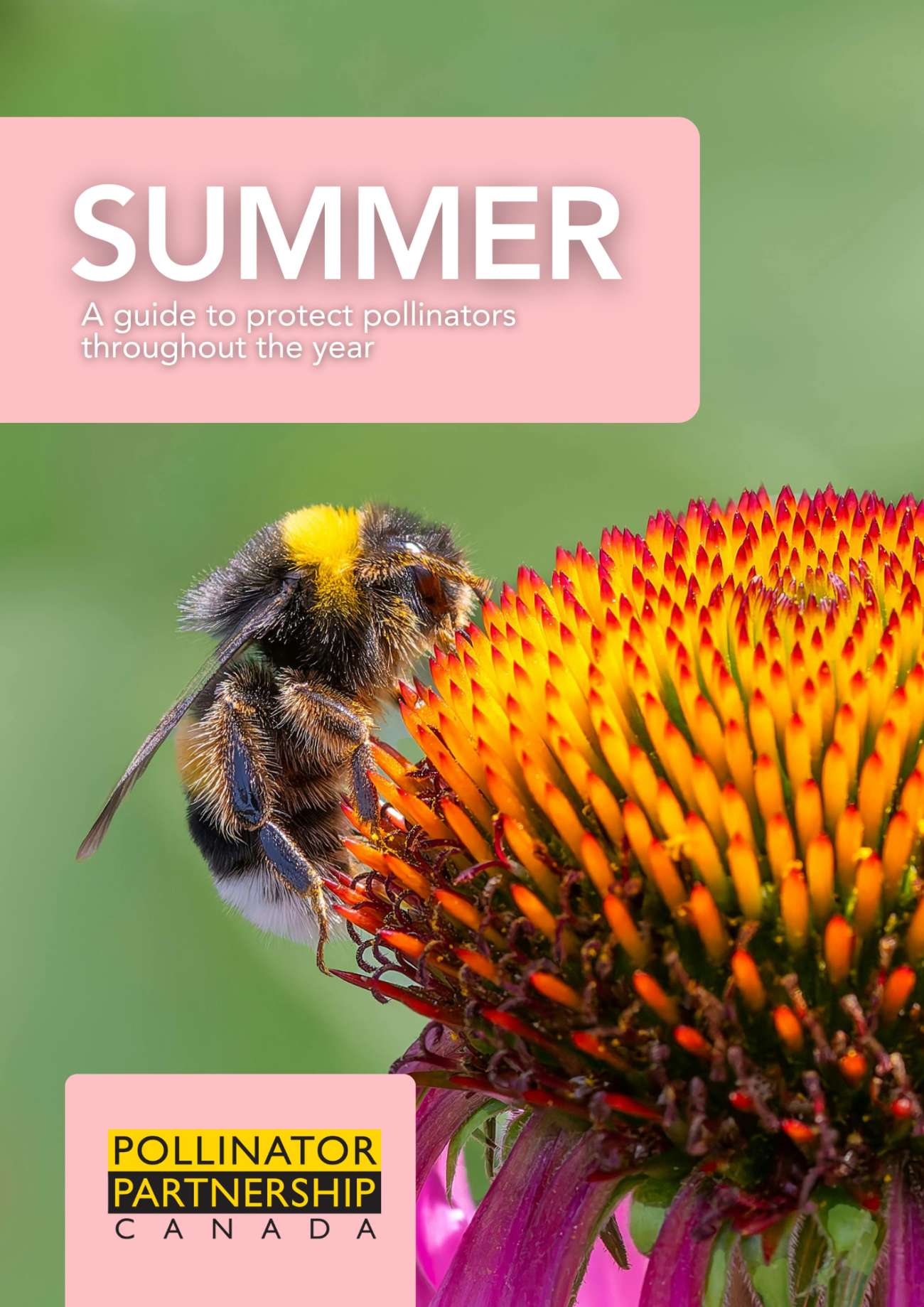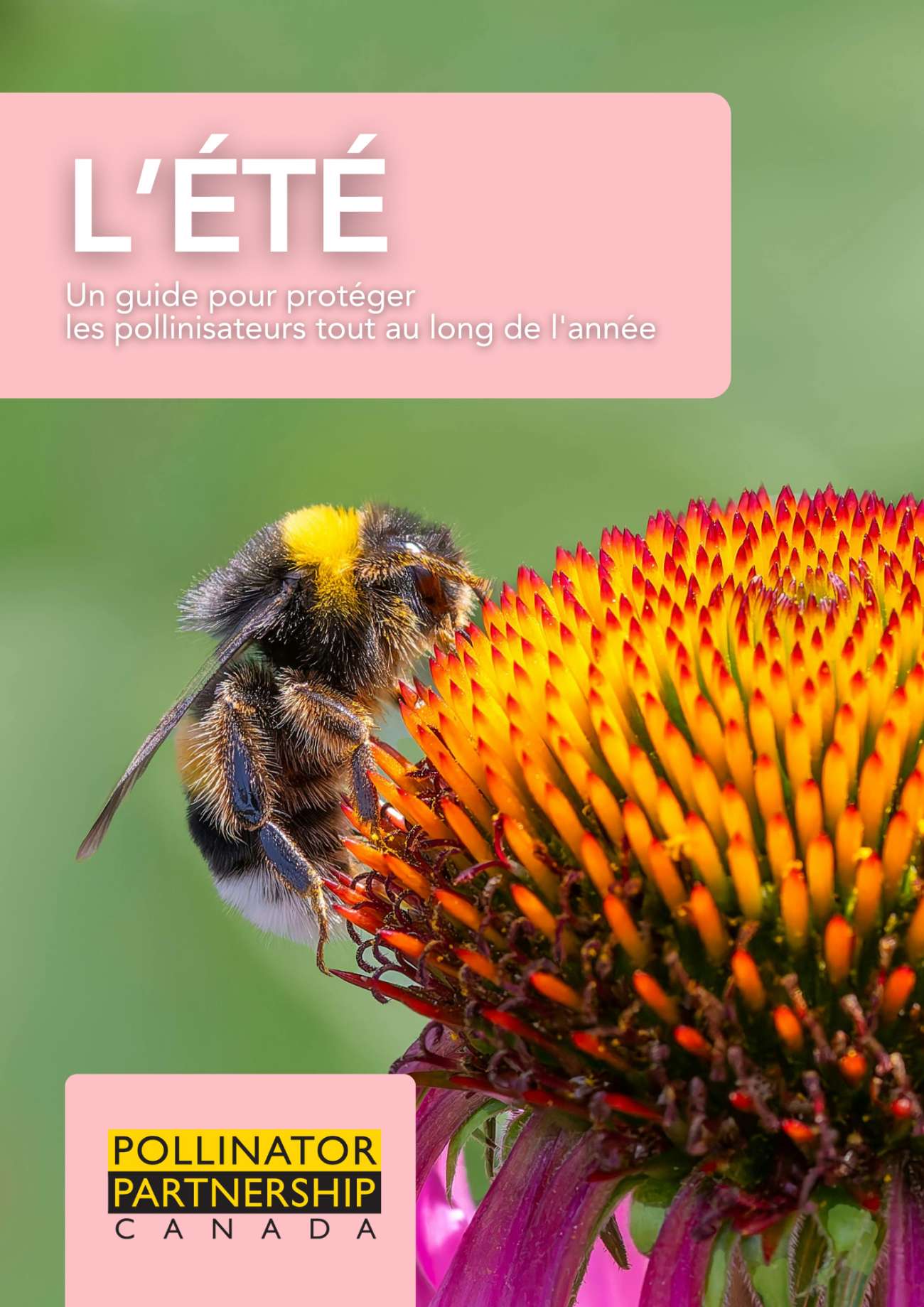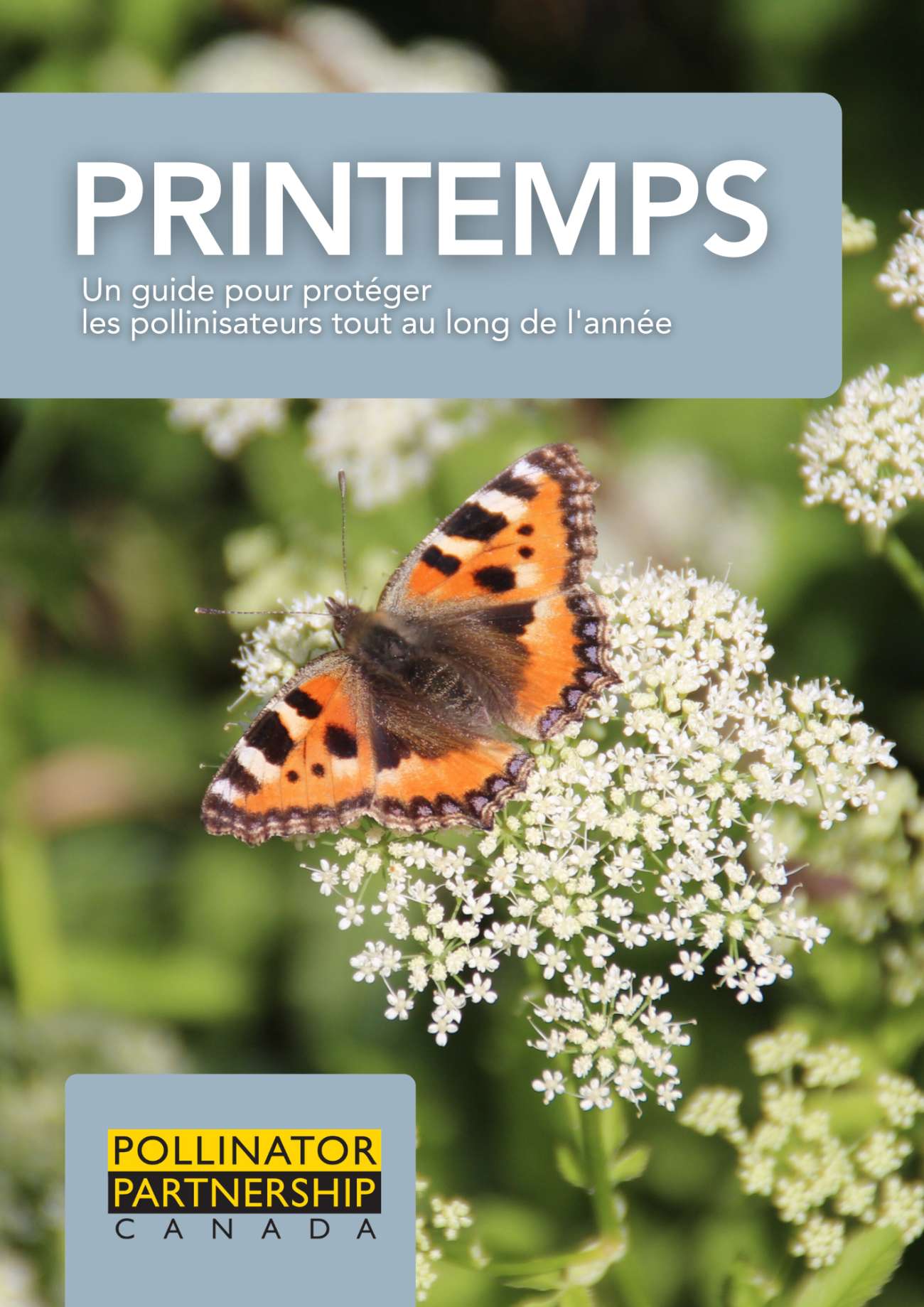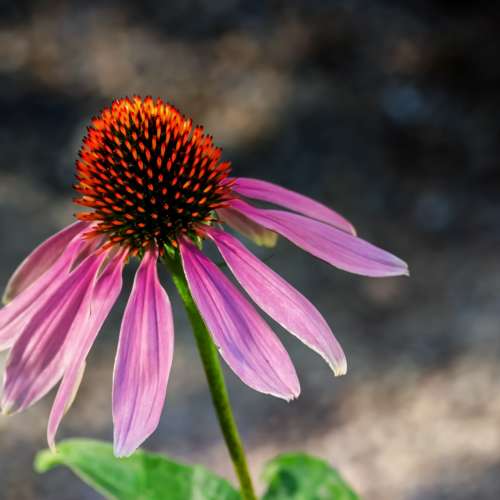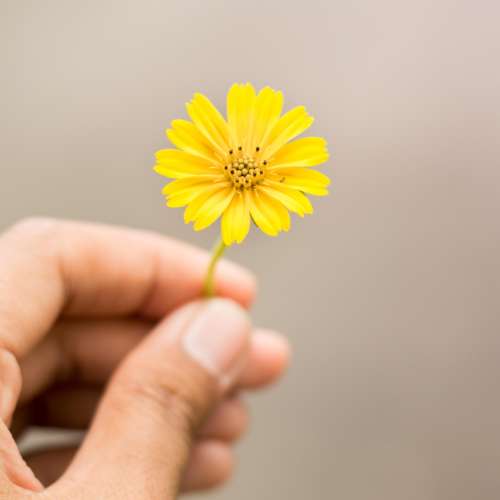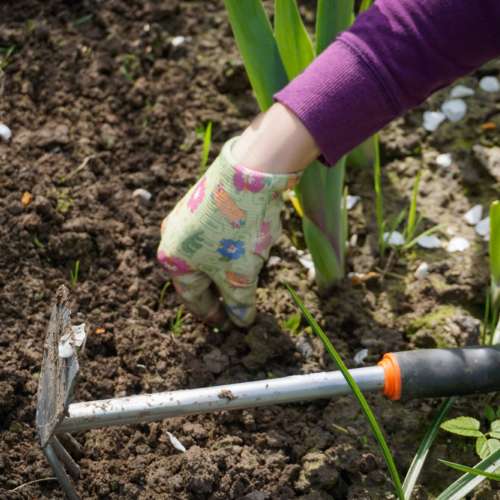Discover our Seasonal Guides
Discover our Other Guides
You want to help protect pollinators but you don't know where to start? Discover our new seasonal guides that will give you ideas on how to help pollinators during each season. The first guide focuses on Spring! This season is crucial for pollinators, as they are emerging from hibernation or coming back from migration. From habitat creation to celebrating World Bee Day, we can all do something for pollinators this season!
How to Help
Creating habitat is easy and doesn’t require a lot of spaces. By using the right plant species, you can create a small or large pollinator habitat at home, school, or work. Using the Ecoregional Planting guides can help you select the right native plants to your area to create your own pollinator habitat.
Reduce or eliminate the impact of pesticides that have a negative impact on pollinators. Where possible, avoid pest problems in the first place by burying infested plant residues, removing pest habitat, and planting native plants that encourage natural enemies of pests. Use a Practice Integrated Pest Management (IPM). If you are a farmer or pesticide applicator, check out our Agricultural Guides.
Register as a Bee Friendly Garden, by registering your home or community garden with Bee Friendly Gardening to showcase your commitment to pollinator health! If you are a farmer, rancher, or apiarist there are other options for you. Check out the Bee Friendly Farming page to learn more!
Reach out to others - Inform and Inspire by sharing your love of pollinators! Utilize all the materials available to help you tell the story of pollinators, especially during Pollinator Week (June 16-22, 2025)! Join the movement and apply for your municipality, school, campus or company and become a member of the Bee City Canada program!
Conserve all of our resources; use less and reduce your impact. As pollinators suffer the consequences of climate change (pressure on native ranges and overwintering sites), it is important to use resources sustainably. Choose to shop local and reduce your carbon footprint.
Support the work of groups promoting science based, practical efforts for pollinators. By supporting or joining a group like Project Swallowtail or Yellowknife Plan Bee, you’re helping to support pollinators!
Fundraise for pollinators. Organize your own fundraising event for pollinators at your work, school, or in your community to celebrate a special occasion. By supporting Pollinator Partnership Canada, you help protect pollinator populations across the country! Contact us at info@pollinatorpartnership.ca for more information!
